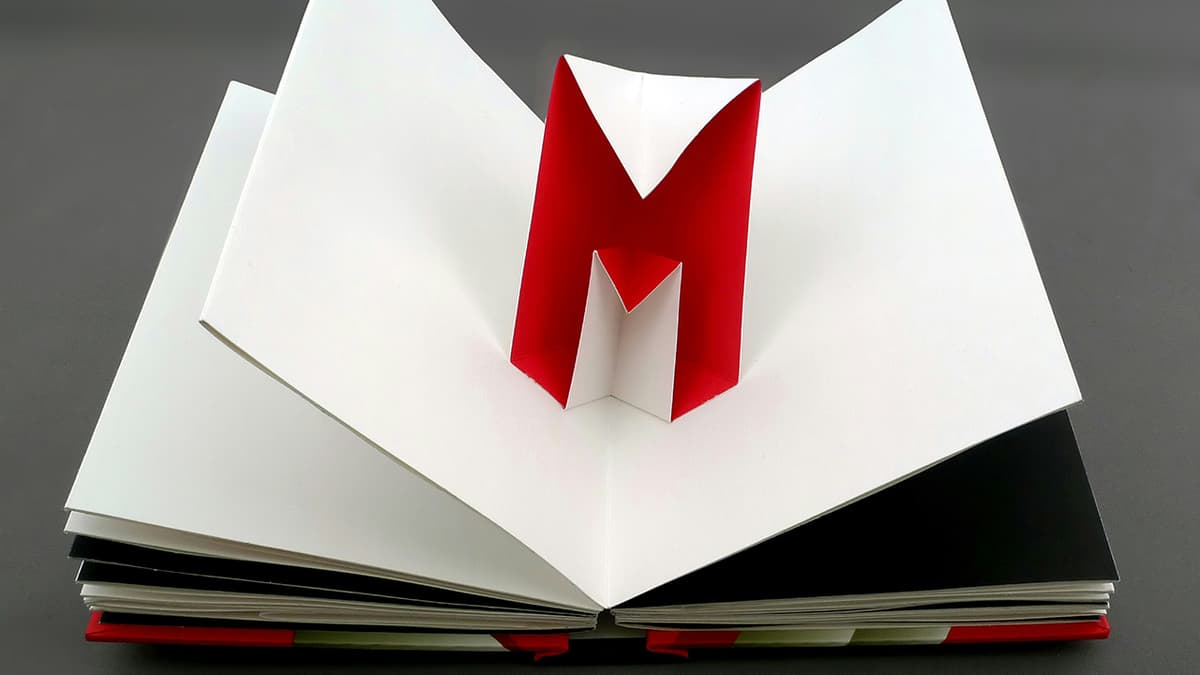Why is the Device to Control Pointer on a Computer Called a Mouse?
Imagine it’s the early days of computer development. Giant machines occupy entire rooms, crunching data for scientists and researchers. Then, a visionary presents a small, peculiar device that resembles a certain furry little creature. What could this be? Why, it’s the humble computer mouse, a tiny gadget that would revolutionize how we interact with computers forever. But why on earth is it called a mouse? Sit back, relax, and let’s embark on an adventure to uncover the whimsical tale behind this essential tool's name.
A Flashback to the Birth of the Mouse
Our story begins in the 1960s at the Stanford Research Institute, where a brilliant inventor named Douglas Engelbart was dreaming up ways to make computers more user-friendly. Engelbart imagined a future where humans could seamlessly interact with computers in a more intuitive manner. As part of his groundbreaking work, Engelbart and his team developed an input device that could move a cursor around on a screen. This device was the very first computer mouse.
Understanding the Name: A Furry Inspiration?
Why "mouse?" It seems a peculiar name for an ingenious piece of technology. The answer lies in its appearance and functionality. Engelbart’s original prototype was a rectangular block with a small, protruding cord. When viewed from above, the device did indeed resemble the shape of a mouse, with its rounded body and a “tail” that connected to the computer.
The name “mouse” was one of those quirky, charming names that stuck. The resemblance was uncanny, and the name made perfect sense to the imaginative minds of the pioneers at the time. Little did they know that this simple, one-syllable name would become a staple in the tech world for decades to come.
The Mouse Evolves: From Rolling Ball to Laser Precision
The computer mouse we know today looks a lot different from Engelbart's original creation. Initially, the mouse had two perpendicular wheels underneath it that would rotate as the mouse moved. This design was later replaced by the rolling ball mechanism, which was more efficient and provided smoother movement. Remember the days of cleaning the lint off the ball of a mechanical mouse? It was a small price to pay for the ability to navigate screens effortlessly.
As technology progressed, the rolling ball was swapped out for optical sensors and lasers, resulting in today’s precision devices that glide across surfaces with ease. The integration of these advancements did not change the name, and the device remained known affectionately as the mouse.
How Other Names Were Considered and Why They Didn’t Stick
It’s fun to speculate what other names could have been considered. Given the inventors’ penchant for whimsical naming, could the mouse have been a “hand slider”, “pointer block”, or even “cursor critter”? These names might evoke a chuckle, but they lack the charm and simplicity of “mouse.”
The name “mouse” had an immediate, inherent likeability. It was a term that could be easily communicated and understood by people of various backgrounds. The playful nature of the name also softened the intimidating aura of computers during that era, making technology seem more approachable to the average person.
Cultural Impact: The Mouse in Pop Culture
Over the years, the mouse has not only made a mark in tech but also in popular culture. From scenes in movies and TV shows where characters furiously click away, to being depicted in comic strips and cartoons, the computer mouse has become an icon of the digital age. Companies like Apple and Logitech have even turned the mouse into a design statement, with sleek, ergonomic, and colorful variations that appeal to aesthetics as much as functionality.
The story of how the computer mouse got its name is a delightful blend of practicality and imagination. It’s a testament to the creativity of early technology pioneers who saw beyond the cold, mechanical nature of computers and infused a bit of whimsical charm into their inventions. The next time you click your way through a document or surf the web, take a moment to appreciate the quirky, clever name of the mouse and the history that makes it special.












